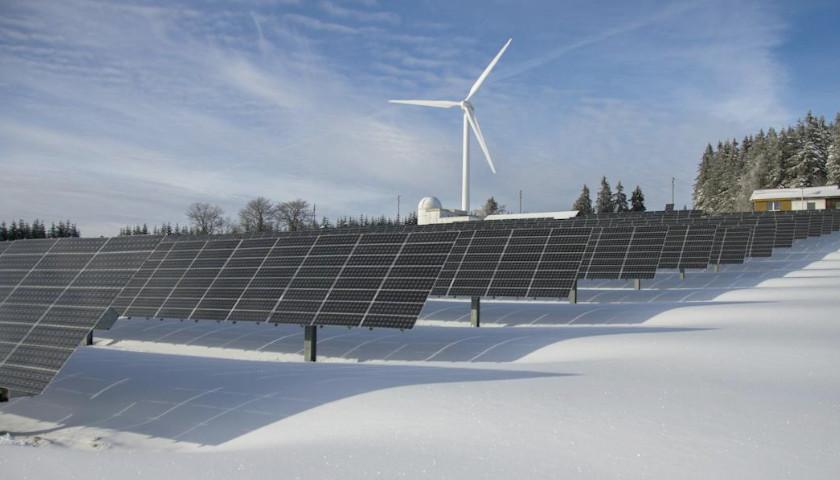In a little-noticed presentation on Dec. 9, 2023, at COP28 in Dubai, a panel of soil experts presented the case for cows as climate allies, not gas-spewing destroyers. The event, titled “Conscious Livestock Rearing and Soil Health,” discussed “animal rearing’s impact on soil health, and its place as a part of the climate solution.” Contrary to the anti-cow cacophony of the climate crisis crowd, these experts explained the vital role ruminants like cows play in nourishing and rebuilding precious soils. It turns out, grazing cows sequester massive amounts of carbon.
On the panel of experts was Seth J. Itzkan, co-founder of SOIL4Climate, Inc., a nonprofit that “promotes soil restoration as a climate solution,” and a man akin to a Lorax for the cows.
Read the full story

